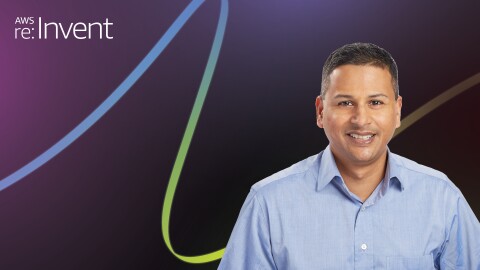Last year, Antonia Schulze, a data scientist in the Amazon Web Services (AWS) Machine Learning Solutions Lab, had an idea. Understanding how important representation, role models, and mentoring had been to her own career journey, she started a network to support other Amazon employees looking to pursue a career in machine learning (ML) and artificial intelligence (AI).
Open to anyone working at Amazon, the global Women in ML/AI group Schulze set up hosts regular networking events and organizes panel discussions with industry experts on career development.
Schulze is one of eight board members, including Senior Documentation Manager Michelle Luna, Senior Software Development Manager Anna Khabibullina, and General Manager and Product Head Shubha Pant. They shared some of the advice they’ve found invaluable when launching and building a career in the field.
Open to anyone working at Amazon, the global Women in ML/AI group Schulze set up hosts regular networking events and organizes panel discussions with industry experts on career development.
Schulze is one of eight board members, including Senior Documentation Manager Michelle Luna, Senior Software Development Manager Anna Khabibullina, and General Manager and Product Head Shubha Pant. They shared some of the advice they’ve found invaluable when launching and building a career in the field.















